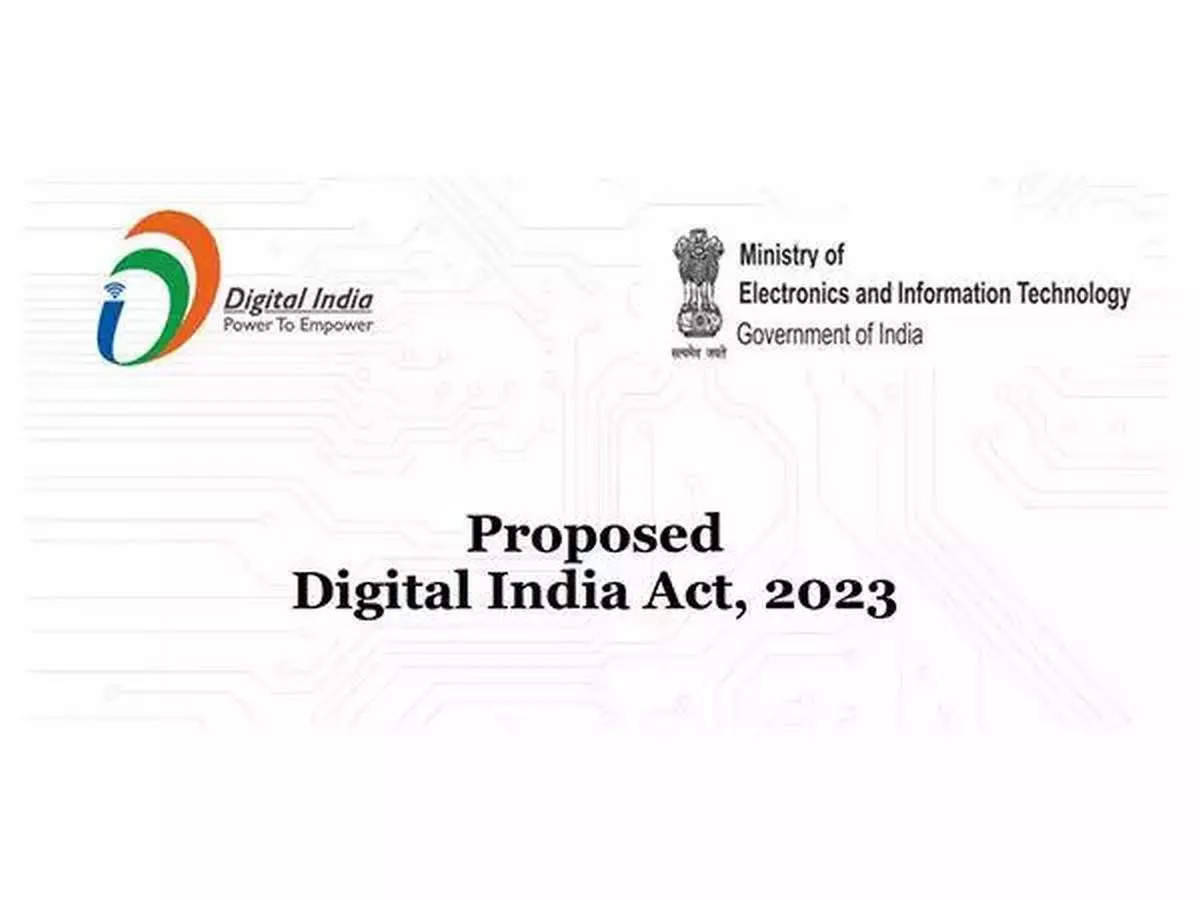
1. LAYING THE FOUNDATION FOR A FUTURE READY DIGITAL INDIA
The Ministry of Electronics and IT proposed the Digital India Bill to replace the old Information Technology Act of 2000.
1. LAYING THE FOUNDATION FOR A FUTURE READY DIGITAL INDIA
The Ministry of Electronics and IT proposed the Digital India Bill to replace the old Information Technology Act of 2000. Changes being proposed include a categorization of digital intermediaries into distinct classes such as e-commerce players, social media companies, and search engines to place different responsibilities and liabilities on each kind.
The current IT Act defines an "intermediary" to include any entity between a user and the Internet, and IT Rules sub-classify intermediaries into three main categories: Social Media intermediaries (SMIs), Significant Social Media intermediaries (SSMIs), and Online Gaming intermediaries.
SMIs are platforms that facilitate communication between users, and SMIs that have a very large user base (above a specified threshold) are designated as SSMIs.
However, the definition of SMIs is so broad that it can encompass a variety of services such as video communications, matrimonial websites, email and even online comment sections.
So far, only a handful of countries, like Australia, have such a law in place. The EU's Digital Services Act is probably one of the most developed frameworks. It creates three tiers of intermediaries- hosting services, online platforms, and very large online platforms, with increasing legal obligations.
While we can learn from different policies framed globally, the challenge will always be to create a law that can stand the test of time. As technology evolves, the specific categories we define today may not work in the future. What need therefore, is a classification framework that creates a few defined categories, and requires intermediaries to undertake risk assessments.
One way would be to distinguish communications services from other forms of intermediaries, such as search engines and online marketplaces. Still, they all are required to appoint grievance officers, cooperate with law enforcement, and take down problematic content. Apart from this, metrics for risk assessment and thresholds would have to be defined and reviewed periodically.
Overall, such a framework would help establish accountability and online safety. The goal is to create a regulatory environment that helps achieve a safer Internet ecosystem, while also allowing businesses to thrive.
